My fellow treasure hunters, I promise you that finding lost treasure in Kentucky is not a pipe dream.
And no, I’m not talking about Fort Knox.
I’m talking about buried, hidden, and lost treasure waiting for you to discover.
So pack your metal detector and start taking some notes.
Soon you’ll be drafting your very own Kentucky treasure maps based on the real-life legends below.
Is There Any Buried Treasure in Kentucky?

Every state has fanciful tales of ancient gold or hidden stockpiles of cash. The trick is deciding which is a tall tale and which stories are based on fact.
After careful research, combing through historical census data, and examining records from only the most trustworthy sources, I can confirm that there is buried treasure in Kentucky.
While some of the lost treasure hidden in Kentucky hasn’t been seen in over 200 years, there are more recent events that will excite the most experienced treasure hunters and metal detectorists.
You can easily find a long list of reported caches in Kentucky with a simple internet search.
But I’ll share the 7 best treasures worth their weight in gold. These are the needles in the haystack.

The stories that a reliable trail of breadcrumbs back up their existence and offer a starting point for any treasure hunter interested in Kentucky gold.
Where is the Treasure in Kentucky?
The treasure you’ll find in Kentucky is hidden throughout the state. As far east as Big Sandy River and stretching west to Paducah, bordering Illinois.
The 7 lost treasures in Kentucky that you’ll learn about are found at these locations.
- Cumberland Gap
- Dixon
- Big Sandy River
- Covington
- Lexington
- Russellville
- Paducah
Lost Treasure in Kentucky

Ok, Diggers and inspired treasure hunters, let’s not waste any more time.
I’ve given you the pins on the map of these lost Kentucky treasures.
Now, you’ll learn the mystery behind them, their reported value, and their last known location so you can start your own adventure.
1. Civil War Payroll Lost in Cumberland Gap
Cumberland Gap was an area of contested interest between the northern and southern armies during the Civil War.
However, in this story, the lost treasure is a product of friendly fire.
In 1863, a Confederate paymaster was charged with protecting and transporting significant military payroll through Cumberland Gap.
The value of the payroll was suspected to be three million dollars in gold and silver bars.
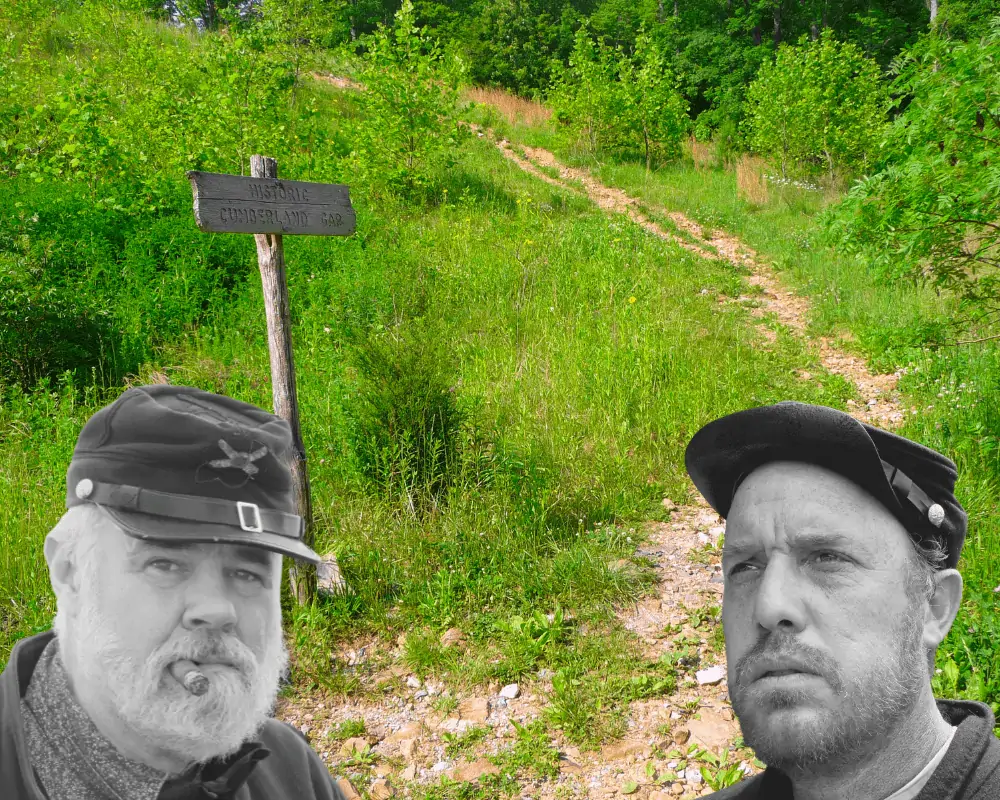
Unfortunately, four of his fellow Confederate soldiers planned to rob the paymaster and take the treasure for themselves.
When night came, they murdered the paymaster and forced the wagon and horses into a ravine. They hid the $3 million, planning to come back later when they were safe, and sure their superiors believed the Yankees were responsible.
But karma apparently had other plans because the four men never returned for the hidden treasure.
Instead, an ex-Confederate soldier named Jones showed up in Middlesboro, just west of Cumberland Gap, several months after the war.
It only took him a month to find the hidden payroll he was looking for.
But for fear of being caught and pinned for the robbery, Jones left his prize and confessed to the hotel’s owner what he had found.

And what happened to the real thieves.
According to Jones, he served with the soldiers in Virginia. Three of them were killed in battle.
The fourth soldier was injured and dying.
Before his last breath, he confessed to Jones that the treasure lay in a chest within a hidden cave somewhere in Cumberland Gap.
Before Jones could be questioned further, he left town and was never seen again, assumingly without the $3 million.
I’d suggest watching the video below for a fantastic telling of this story with a bit more detail.
Donnie Laws really has a way of bringing you into the story.
2. Harpe Brothers Treasure
This next lost treasure comes with a bit of fame.
“Big” Harpe and “Little” Harpe were terrors of the Bluegrass state and surrounding areas during the late 18th century.
Born Joshua and William Harper, but known as Micajah Harpe and Wiley Harpe, the brothers were more likely first cousins.
While the two were infamous outlaws who reportedly stole a small fortune over 9 years, they were also considered the first recorded serial killers in the United States.

They confessed to murdering 39 people, but it was widely believed to be more than 50.
Toward the end of their bloody reign, the Harpe’s left Illinois and returned to Kentucky.
In 1799, the brothers killed a mother and child near Henderson, Kentucky.
They were chased through the county until finally, Micajah “Big” Harpe was shot and had his head cut off and displayed as a warning to other outlaws.
“Little” Harpe met the same fate a few years later.
The warning of “Big” Harpe’s head left an imprint. Today, the road just 3 miles north of Dixon is still known as Harpe’s Head Road.
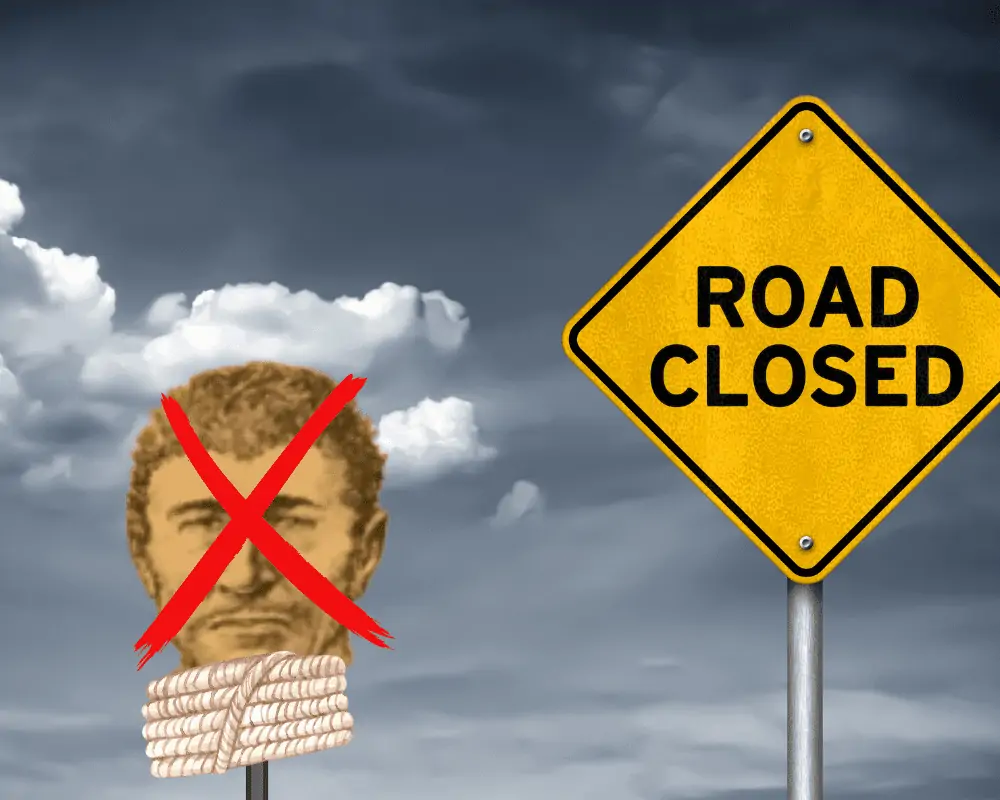
As for their treasure, it was rumored to be a surplus of gold coins amounting to $300,000.
Past reports detail the lost gold hoard was buried in a cave near Dixon, Kentucky, about 10 miles south of Henderson.
It’s said that the cave rests above a stream near Harpe’s Head Road.
3. John Swift Silver Mine
You might have heard this story before.
Notoriously detailed by Englishman Jonathan Swift, Kentucky’s hidden silver mine is the real-life inspiration for Long John Silver, the main character in the novel Treasure Island.
In the 1760s, a French soldier named George Munday led John Swift to a bevy of silver mines hidden in the eastern Kentucky mountains.
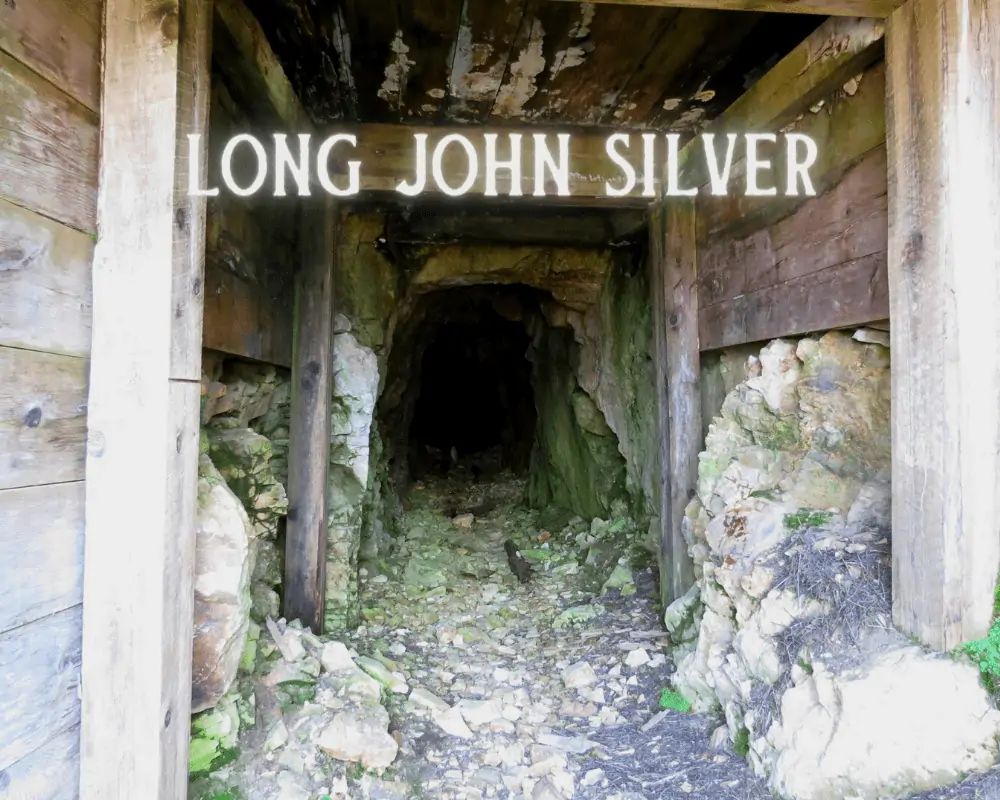
Munday had been a prisoner of the Shawnee Indians for several years, being forced to mine the silver treasure trove he had discovered when he was forced into slavery.
After his release, he met John Swift in Virginia, where the two became fast friends.
George Munday told Swift that the location of the silver vein was near Big Sandy Creek.
After hiring some men, the two friends searched for the lost treasure. Swift was dedicated to recording every detail in his journal. From his friend’s stories of the Shawnee to the eventual discovery of treasure.
As Munday had promised, they found not just one but several silver mines near Big Sandy Creek.
John Swift and his crew built a smelting furnace. Until 1769 they mined the silver and smelted it into English crowns, equating to one ounce of silver per crown.
They often had to bury vast amounts quickly because of the rising tensions with the local Indian population.
It’s been said that in September of 1769, between 22 and 30 thousand crowns were buried close by.
To mark the location, Swift, Munday, and the rest of the crew carved their names on a large beech tree to better identify the area when they returned.

Over the years, they had increasingly consistent run-ins with the Shawnee, and Swift decided to return to England to seek help to continue his operation.
While attempting to recruit and seek funding, he drew negative attention for his candid support of American sovereignty.
Unfortunately, this landed him in prison for 10 years, where he eventually became blind and a mere shell of himself.
After being released, John Swift returned to Kentucky in search of his hidden mines of silver.
Even with the help of his journal and aged memory, he would never find the mines again.
Swift made several copies of his journal to assist those he hired to help find his mine.
It’s believed that there were initially 36 versions, with 29 treasure maps before he died.
One such Kentucky treasure map is found below.
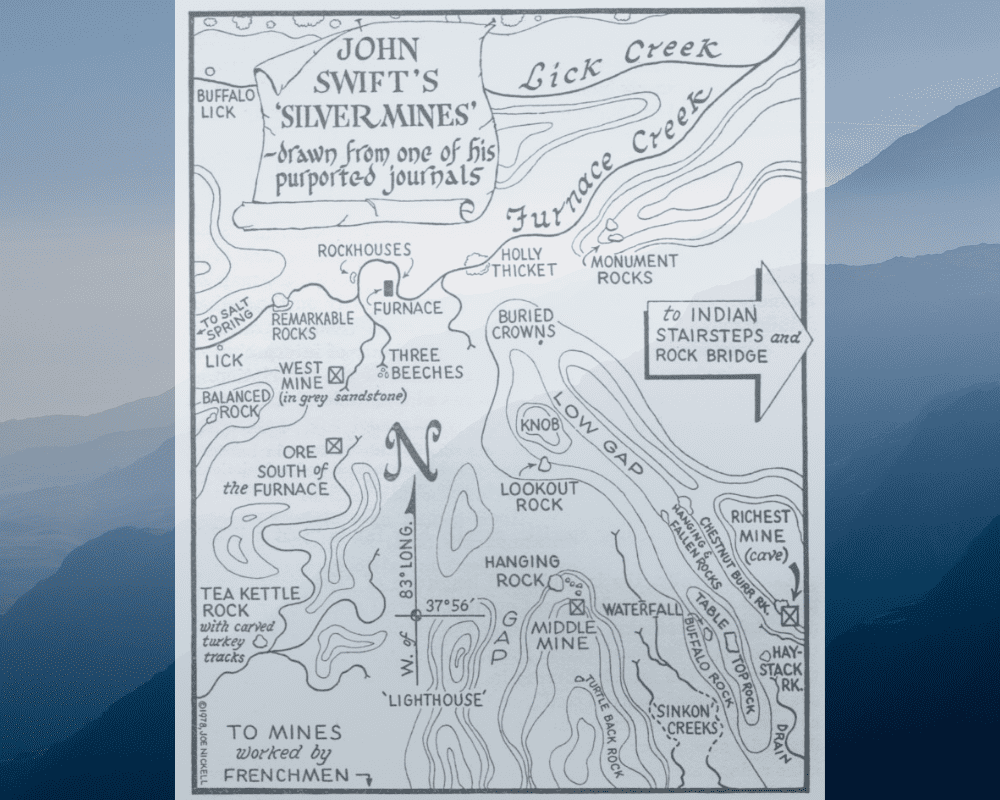
4. The Bootleg Kings Hidden Treasure
Some of these lost Kentucky treasures have been inspirations for famous works of fiction or earned their place in history.
This one is no different.
There’s a story in Kentucky about a lively bootlegger who buried $4 million in gold coins and cash near the Ohio River.
It isn’t hard to connect the dots to George Remus.
Remus, a prolific, charming, fantastical bootlegger during the prohibition years, was king in many ways.

Not by birth. But by sheer determination.
He was so well known, written about, and seemingly untouchable that many believe he was the inspiration for F. Scott Fitzgerald’s The Great Gatsby and the HBO series Boardwalk Empire.
As for his lost treasure, it’s reportedly buried near Covington, Kentucky, which happens to run along the Ohio River.
Remus, famously referred to as the Bootleg King, was in charge of distributing a third of the nation’s liquor and making nearly $70 million a year.
Today, that profit would be nearly 100 times the amount.

He kept much of his money in the bank. But like most criminals, there was more than enough to hide from the taxman.
George lived in Cincinnati most of the time, but the nightlife was in Newport, Kentucky.
Lawmen were more willing to look the other way, and Remus’ trusted associate, Buck Brady, lived just around the corner in Covington.
With so much back and forth, many treasure hunters believe the $4 million is hidden in the area.
In addition, while George was sitting in jail, trying to beat multiple jail terms, his wife and her lover stripped the Remus mansion of everything.
They sold off all the assets, dwindling his empire and hiding the money until they could have him killed or deported.
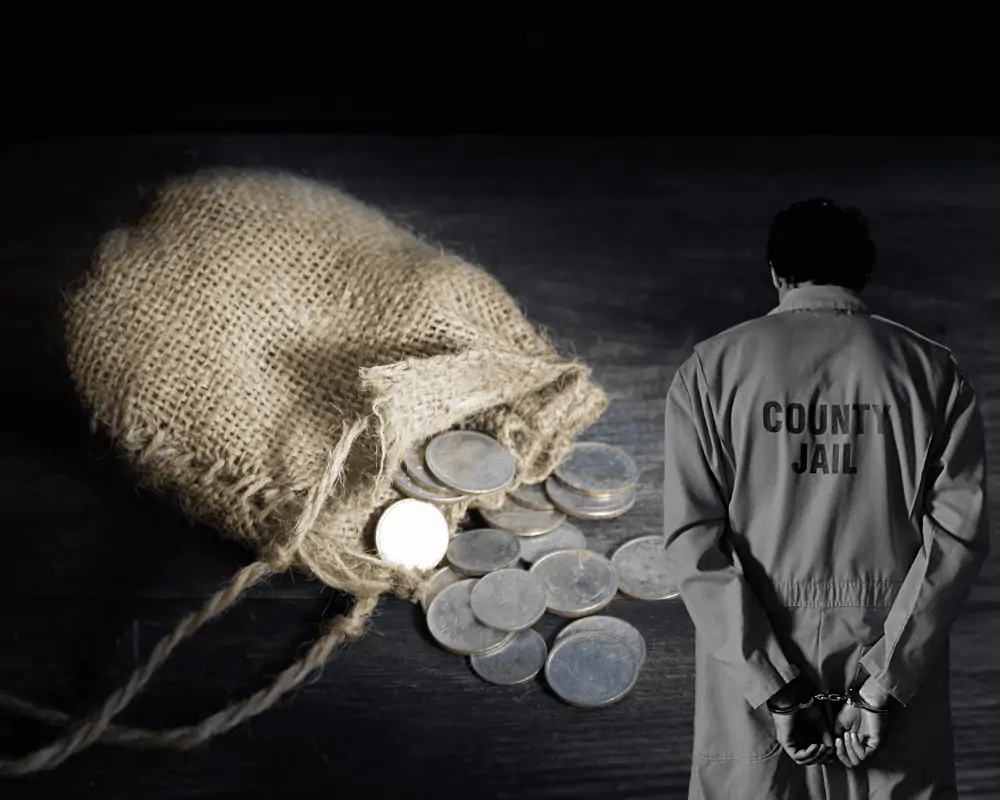
George heard of the betrayal and sought revenge by killing his wife the same day their divorce was to be finalized.
Because of his unmatched charisma, he swayed the jury to side with him, despite the facts showing he murdered his wife in cold blood.
When George was finally released from prison, he spent the rest of his life looking for the lost hoard of cash gained from selling his empire.
5. William Pettit’s Gold Hoard
William Pettit was a wealthy landowner who built an immaculate antebellum mansion on his 2000-acre farm a few miles south of Lexington, Kentucky, in Alleghan.
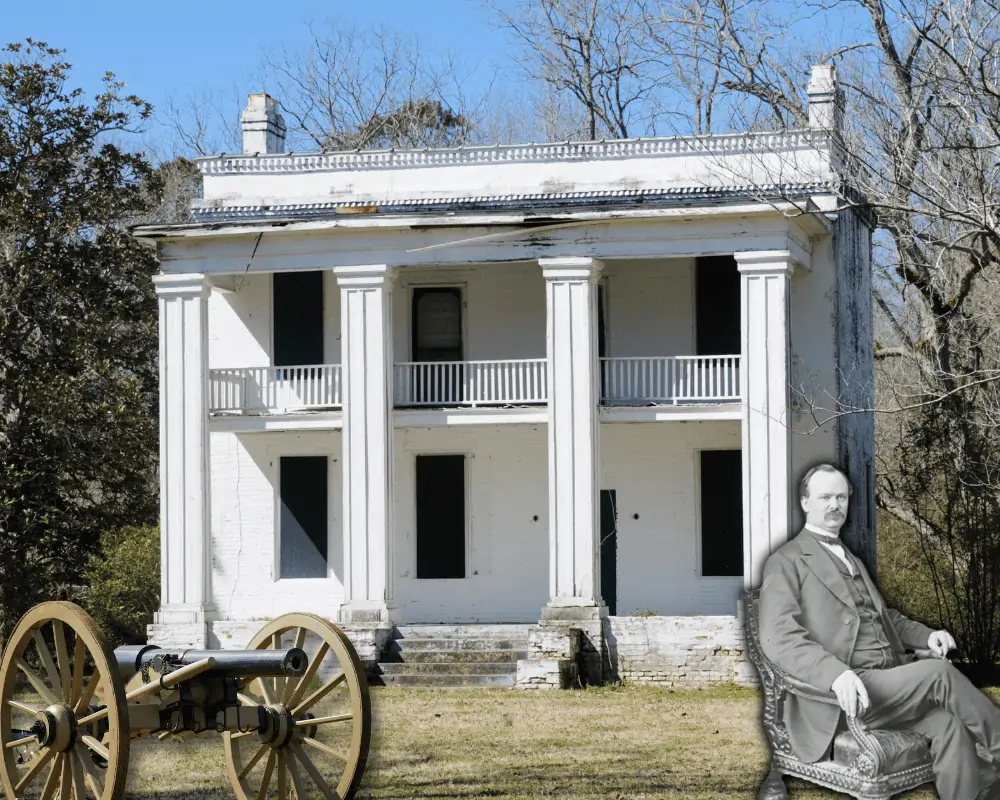
It was 1857, and life was good for the slave owner.
But by 1861, the onset of militancy from the Civil War made the affluent Pettit nervous about a financial collapse.
General Burbridge of the Union army occupied Lexington and used the Pettit mansion to quarter a company of Federal soldiers.
William and his family were given three days to leave the state.
With no time to waste, Pettit traveled to Lexington and withdrew as much money as possible from the bank.
He opted to collect his wealth of $80,000 in gold coins for fear of a devalued dollar because of a wartime economy.
Upon returning home, he buried the treasure somewhere on his property and fled with his family.

After the war, the Pettit family returned to Alleghan, but William was sickly and near death’s door.
In his final hours in 1868, he tried to pass on the location of the buried treasure with no success.
For years following his death, one of his former slaves, “Little George,” made a trip every spring to beg permission from William’s widow to dig up the concrete floor in the cellar, where he’d hoped to find the buried gold.
The home and land were sold in 1887 and became known as Alleghan Hall, a school for boys.
By 1966, the old mansion had seen too many years and insufficient upkeep. It was condemned and torn down.
The gold coins are lost to this day.
6. Russellville Bank Robbery

If you’ve never heard of Jesse James and the Jesse James gang, let me ask you something.
Where have you been hiding?
Jesse James was a notorious outlaw during the mid to late 1800s. Many stories and movies have been made about him and his lawless adventures.
Together with the Younger gang, they were easily the most wanted and written-about outlaws for 20 years.
This particular adventure occurred on March 20th, 1868, in Russellville, Kentucky.
The James-Younger gang entered the Southern Bank of Kentucky on South Main Street around two in the afternoon.
Cole Younger orchestrated the hold-up while the rest of the crew collected about $9,000 in cash and $5,000 in gold and silver coins.
Today, the $14,000 would be worth around $200,000.

It’s also speculated that another $50,000 was stolen from the robbery, but one report claims that the James-Younger gang wasn’t aware of the $50,000 sitting inside the vault.
After exiting the bank with the stolen Kentucky treasure, the gang rode away on their horses before a posse of 40 people could find them.
The money was never recovered, and some believe the gang buried it outside Russellville before fleeing the county.
While no one is exactly sure in which direction the outlaws were headed, it’s been told that Nelson County was the planned destination.
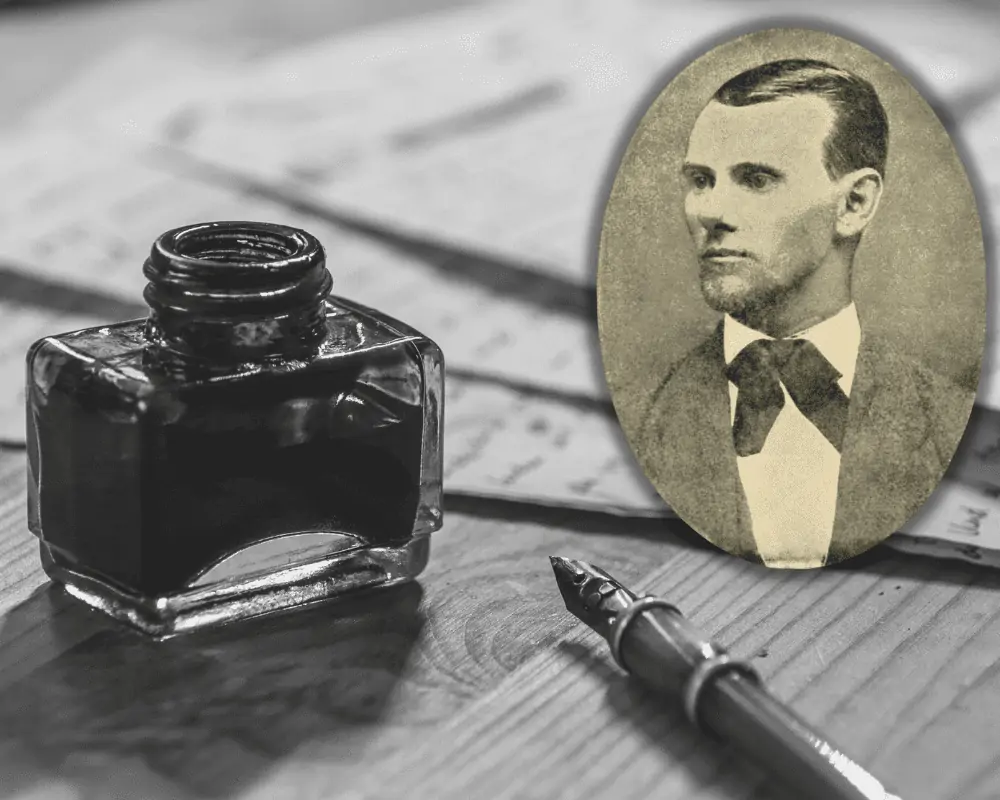
On a side note, Jesse James wrote a letter to the Nashville newspaper in 1875 denying being present or taking part in the planning of the Russellville robbery.
This may be true, but his gang was most certainly the outlaws who robbed it.
7. The Case of 2 James Langstaff Treasures
Last but not least, the mysterious case of two James Langstaff treasures lost in Kentucky.
I’ll tell you about each Mr. Langstaff and their supposed treasure, but in my opinion, only one of them seems legitimate.
I’ll let you decide which.

The first James Langstaff was a popular and well-to-do citizen of Paducah, Kentucky. He and his family moved into a two-story brick home around the 800 block of Broadway in 1870.
They were wealthy, thanks to their booming lumber business.
The original owner of the home built it in 1850. And at the start of the Civil War, he added a hidden shelter accessible through a trapdoor in the floor.
The shelter led to a tunnel that might have stretched to the river.
Many believe this is where the lost treasure was hidden.
But let’s back up.
In 1872, James Langstaff died.
He left a note claiming that he had buried gold valuing $20,000 near a big cotton-wood tree.

The price of gold per ounce in 1872 was $18.94.
In 2022, that same $20,000 would be worth $1,762,646!
Perhaps to add a bit more mystery, Langstaff left another misleading clue in his note.
The gold was buried either near his home or another of his properties on South 3rd Street.
But here’s the catch.
His note wasn’t found until 1949, when the Langstaff home was torn down to make room for a supermarket.
By then, any such tree would have been long gone.
It’s unclear why James buried the gold, but treasure hunters have been searching for the lost hoard for decades.

As for the second James Langstaff of Paducah, Kentucky…
James D. Langstaff Jr. was born in 1887 and was clearly a relative of our previous Langstaff.
James Jr. was associated with Langstaff-Orm Lumber Company until its closing in 1937.
He was a proud member of the Paducah community and a WWI veteran.
He died at the age of 60 in 1948.
It’s told that James Langstaff Jr. buried $75,000 in gold coins (like his ancestor) underneath his hardware store in Paducah, Kentucky.
Sounds exciting for sure, but I can’t find the proof to support this.

I’ve searched through census records, old newspapers, and 100-year-old property listings.
I found no record of James Langstaff ever owning a hardware store.
The only connection (and very loose at best) is a Langstaff Hardware Company operating out of Memphis, Tennessee.
But again, that’s a very loose connection in name only. Memphis is just about 200 miles south of Paducah.
And it doesn’t appear James Jr. had any affiliation with them.
Conclusion

I hope you enjoyed this brief history lesson, and perhaps it has inspired you to dig a little deeper for some lost treasure in Kentucky.
With some thoughtful research, finding a Kentucky treasure map or using your own wits should put you on a path to finally uncovering one of these 7 hidden mysteries.
And if you need a reliable metal detector designed for treasure-hunting success, be sure to read over my recommendations.
Good luck with your hunt!





